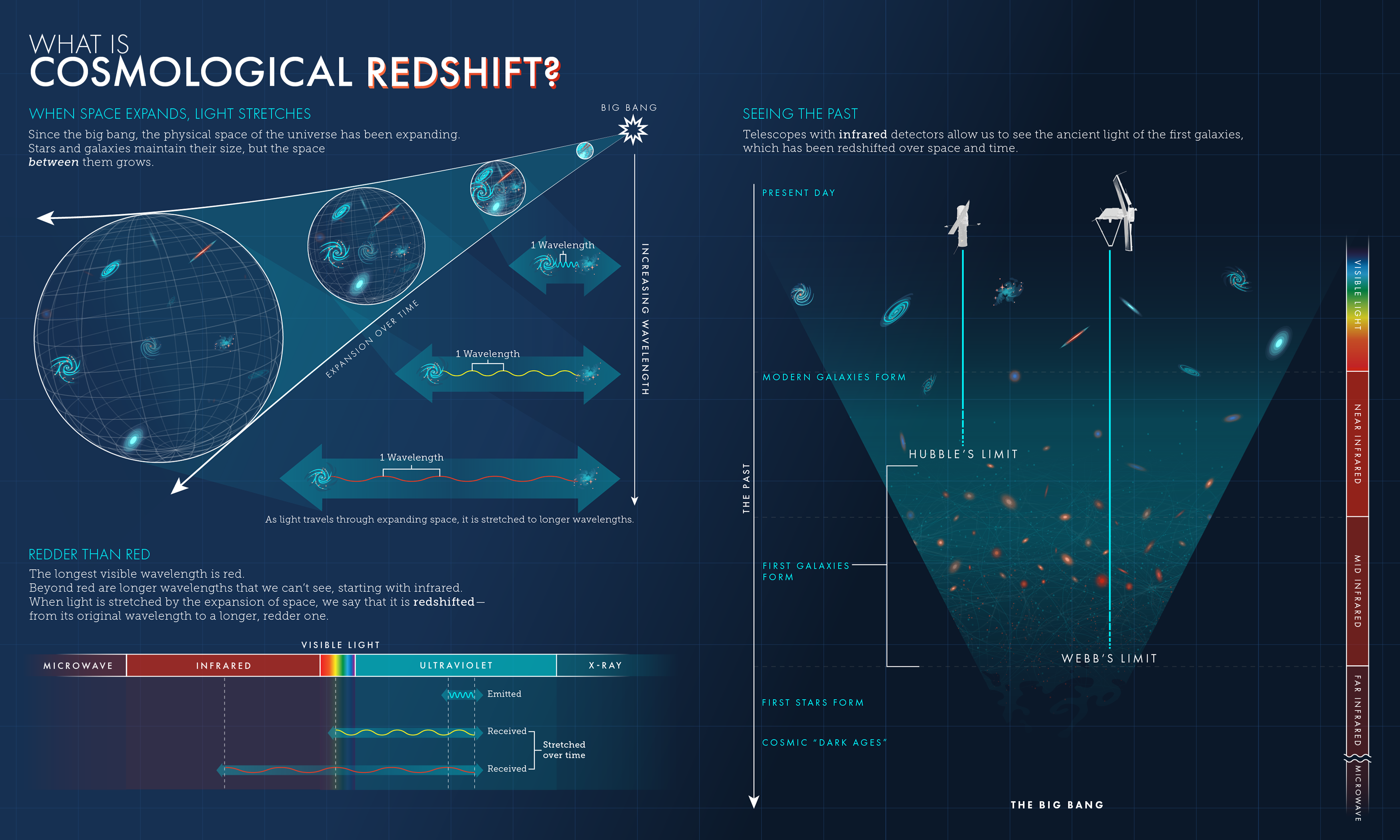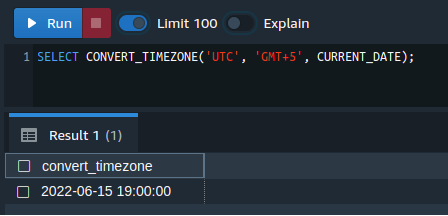

It is a 3-step process by just selecting the data source, providing valid credentials, and choosing the destination.
CURRENT DATE IN REDSHIFT FREE
It supports 100+ Data Sources including 40+ Free Sources. Hevo Data, a No-code Data Pipeline, helps load data from any data source such as Databases, SaaS applications, Cloud Storage, SDK,s, and Streaming Services and simplifies the ETL process. The timestamp is represented in the format YYYY-MM-DD H:M:S except it is modified. Return Type: The execution of the Redshift SYSDATE function returns the start date or time of the current transaction as a Timestamp. The current session started refers to the date and time during a transaction in the current transaction. Syntactically, this function takes no argument.Īrgument: The Redshift SYSDATE function takes no arguments. The Redshift SYSDATE Function returns the current date and time in the current session time zone(in UTC by default). Understanding the Redshift SYSDATE Function To read more about Date & Time functions, refer to AWS Docs and Redshift Date Functions Blog. This provides an added advantage because timestamps are mutable(i.e they can be manipulated). Of all these functions, only a few render their results in more than a timestamp. The leader node on the other hand distributes queries that reference user-created tables or system tables to the compute nodes. The leader node runs queries that either reference catalog tables(tables with the PG naming prefix) or do not reference any table. Deprecated Leader Node-Only Functions: Usually, Amazon Redshift queries are distributed and run either on the compute nodes or exclusively on the leader node.They operate in real-time as the query is being executed and give their results in real-time. They are used during the execution of queries. Date and Time functions in Transactions: These are also called Transactional functions.In the next section, we would go over the two groups of Date and Time functions in Redshift. They serve different purposes and require different levels of access.

These functions will be highlighted in more detail in the succeeding section.Īnother key point to note is that these functions are not the same. Examples of these functions include CENTURY, EPOCH, and DECADE. They can also be modified in terms of output. They contain date-only functions that can be used for the execution of date-specific queries. However, these functions can be used specifically. Time-based operations in this case could be concerning when certain tables were created and manipulating the date/time values in the tables.

They serve the primary purpose of enabling the database users the functionality of time-based queries. Understanding Date & Time Functions in Redshift Image Sourceĭate and Time functions in Redshift are used for accessing the date and time module.
CURRENT DATE IN REDSHIFT HOW TO
In this article, you would learn briefly about Date and Time functions in Redshift, how to use the Redshift SYSDATE Function, and also see sample queries where the Redshift SYSDATE function is implemented. They are also used to provide input values in the date format that can serve as arguments to other functions when needed during query execution or for system diagnosis.


 0 kommentar(er)
0 kommentar(er)
